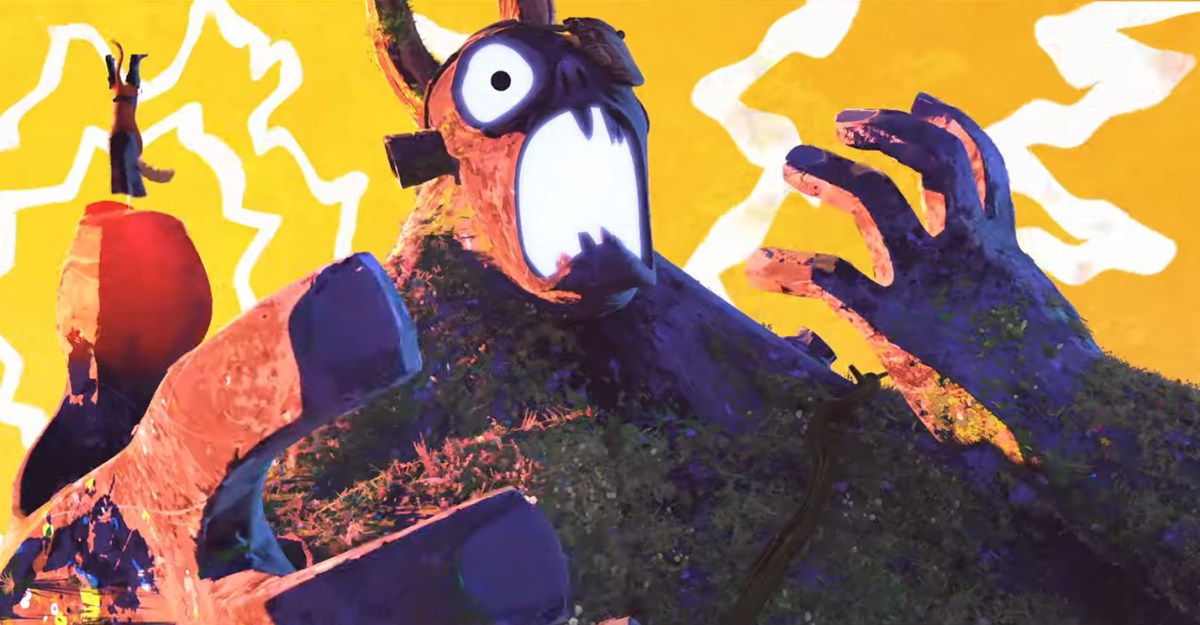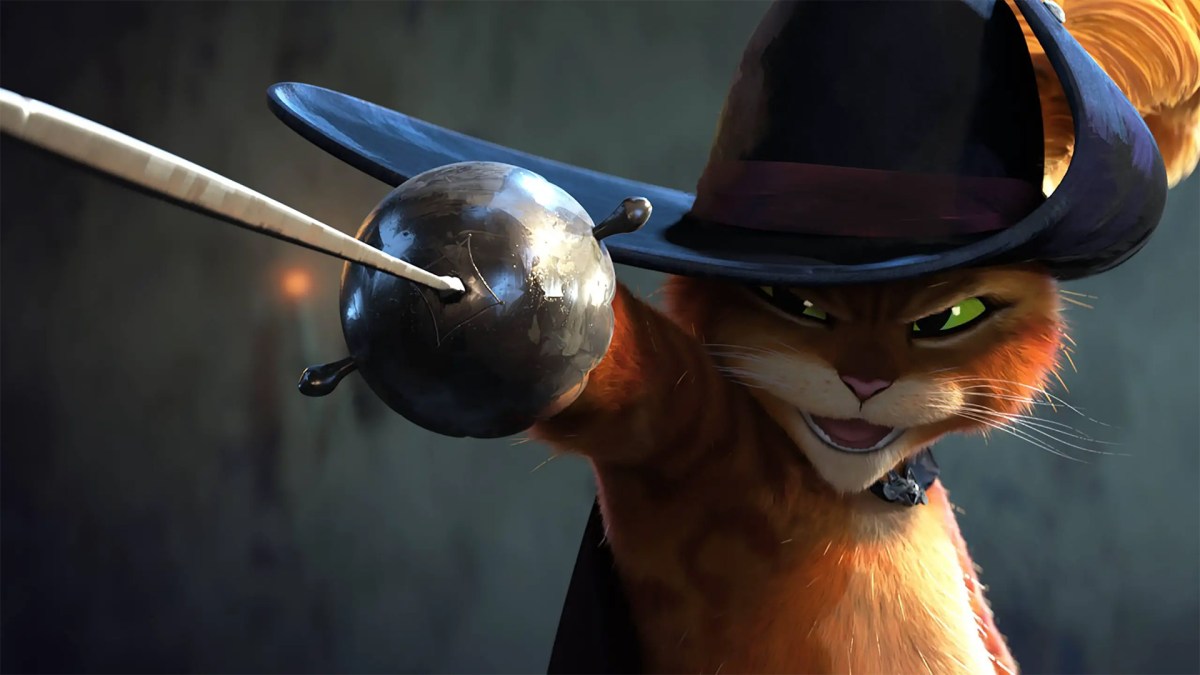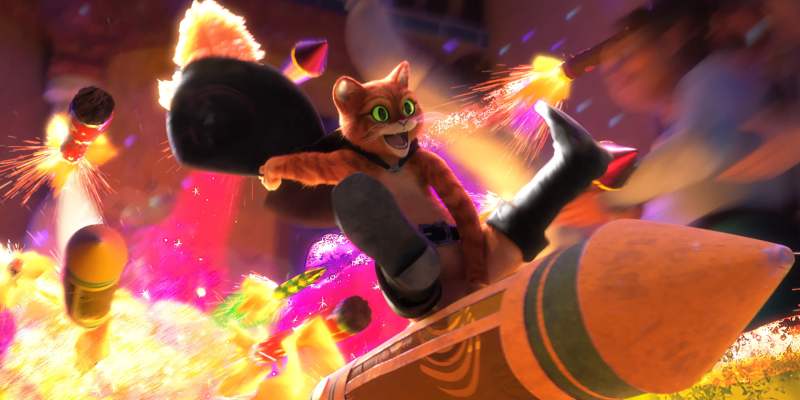This article contains spoilers for Puss in Boots: The Last Wish and Demon Slayer and mild spoilers for One Piece in its discussion of anime influences.
Puss in Boots — you’ve heard of the legend, the many tales, and recently he got to add another feather to his cap: Oscar-nominated. I believe the reason that Puss in Boots is so successful stems from the team behind it drawing inspiration from anime. Mainstream audiences have little experience with anime. I myself recently introduced my little sister to Spy x Family, and she was genuinely dumbfounded by how the whole narrative was structured. She had never seen this style of animation or storytelling, and she adored it. So when Puss in Boots: The Last Wish arrived with its dashing lines of motion, mixed with stellar and stylistic action set pieces, I couldn’t help but notice several similarities.
From the opening scene involving Puss and a “titanic” giant, I could imagine Eren Yeager in his Omni-Directional Maneuvering Gear walking in step with the feline. Puss was propelling himself from rooftop to rooftop, utilizing everything at his disposal to bring down this titan. The inspiration from Attack on Titan is so clear that a YouTube video effortlessly spliced the opening battle scene of Puss in Boots: The Last Wish with the anime.
The film even has a flair reminiscent of One Piece. The world has changed, from tropes and meta jokes to something genuinely mysterious, wild, and dangerous. This is best exemplified within the Dark Forest. This twisted wonderland preys on the worst of humanity and is only conquered by the virtuous. One moment you’re smelling the roses, the next they’re eating you. I couldn’t help but be reminded of Luffy and the gang, doing battle on Whole Cake Island against sentient trees with the souls of the innocent within them.

The most prevalent anime element within Puss in Boots: The Last Wish comes in the shape of its antagonistic force, the “wolf.” The wolf is an ideology, a force of nature within the world of Puss in Boots: The Last Wish. The narrative doesn’t simply use him as a foe for Puss to defeat. Instead, it utilizes him as an agent for change. This multi-layered approach to the wolf and his conflict with Puss brings to mind Demon Slayer and the Mugen Train arc.
This segment of Demon Slayer introduces Rengoku, one of the elite demon slayers, and Akaza, an upper-class and dangerous demon. They battle to the death and the themes of life, death, and immortality are intertwined within this brawl. These are clear inspirations for Puss and the wolf’s climactic duel. From an incredibly stylized and beautiful battle bathed in flames, both battles are unforgettable with regard to their themes as well as execution.
Both Rengoku and Puss are fighting for life, for living in the moment and coming to understand their own mortality. Akaza and the wolf represent death and the illusion of immortality. The wolf himself offers Puss the opportunity to regain his lost lives, to run away once more from owning his own life.

It is only when he steps up and understands he has to fight for this one life, with everything he’s got, that he is able to walk away from the fight. Much like Rengoku, there is no true winning here; death comes for us all. The only difference between Rengoku and Puss’s fates is that Puss delays his.
Puss in Boots: The Last Wish director Joel Crawford actually spoke on his anime inspirations directly in an interview with Variety, specifically citing the 1988 film Akira: “I remember [as a young child seeing] the hand-drawn explosions and the whole thing felt so epic. It was beyond anything I’ve ever experienced, I was drawing dust clouds afterward and they were characters themselves. It was fun to take on that inspiration and design the shape of the characters, but also the action of the world.”
It’s wonderful to see art inspire art, and if Puss in Boots: The Last Wish can open a door to allow more people to experience other forms of storytelling like anime, then everybody is winning.
